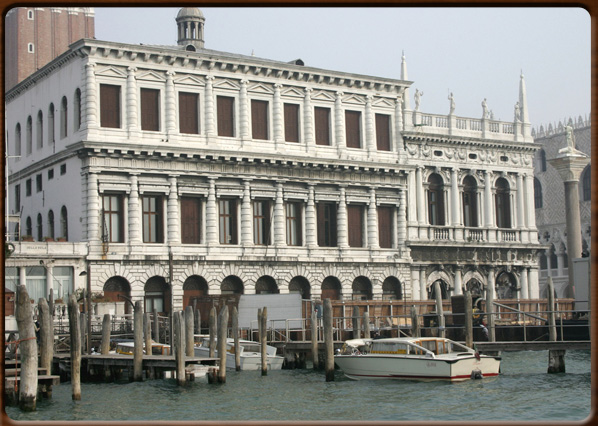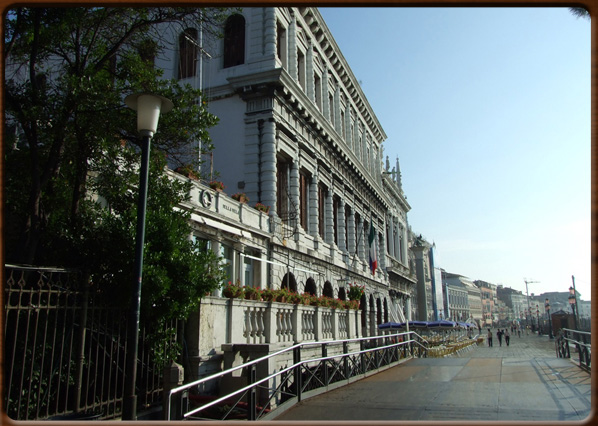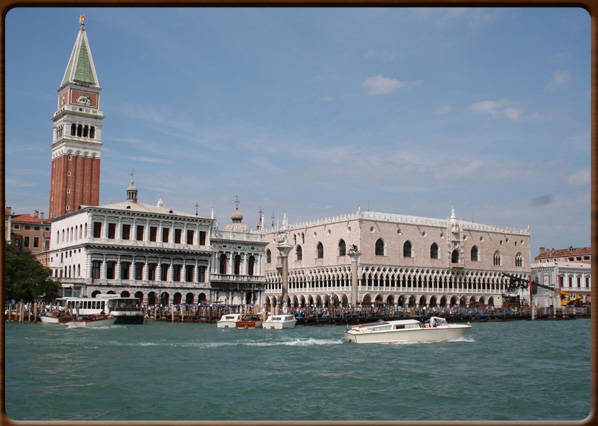
The Zecca.

The Mint.

The Mint and the Duca Palace from the Basin of San Marco..



No video
The Zecca originally stood near the Rialto Bridge, but was moved to the sestiere of San Marco in 1277 for safety reasons: by facing the sea, there was no risk of sparks flying from the molten metal and thus a fire hazard. In 1536, as part of the restructuring of the Piazzetta, Jacopo Sansovino began to build the Nuova Zecca: the ashlar work also covering the columns gives the entire building a feeling of great strength and a certain air of military defence. At the beginning of the 13th Century, a major currency reform led to the introduction of the silver Ducat, soon to become the most popular currency in the Mediterranean. Later, in the 1500s, the doge changed its name to the zecchino.
In 1797, with the fall of the Venetian Republic, the Mint continued working, first producing coins to the French standard, then that of Austria. The Mint finally closed in 1866 when Venice became a part of the Kingdom of Italy, more than a thousand years after its foundation. Today, the Palazzo della Zecca is an integral part of the "Biblioteca Marciana" (St. Mark’s Library).
400 - 1000 - S. MARCO - rev. 0.1.7